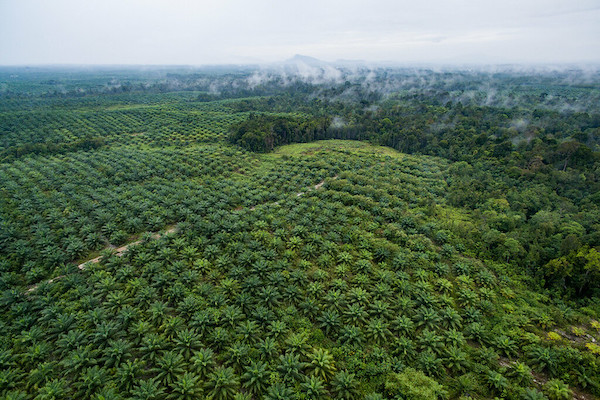
First international assessment of the protection state of mostly ‘untouched’ forests in Europe. An expansion of the protected areas by only about 1% would sufficiently protect most remaining primary forests in Europe.

First international assessment of the protection state of mostly ‘untouched’ forests in Europe. An expansion of the protected areas by only about 1% would sufficiently protect most remaining primary forests in Europe.

Photosynthesis in conifer forests is one of the most important carbon sinks on a global scale. Unlike broadleaf trees, conifers are evergreen and retain their photosynthesis structure throughout the year. Especially in late winter, the combination of freezing temperatures and high light intensity exposes the needles to oxidative damage that could lead to the destruction of molecules and cell structures that contribute to photosynthesis. Researchers have discovered a previously unknown mechanism that enables spruce trees to adapt to winter.

Forest conservation areas in oil palm plantations play a vital role in storing carbon and boosting rainforest biodiversity, a new study on palm oil agriculture in Borneo has revealed.

The global COVID-19 pandemic has shed light on the importance of certain previously little-studied scientific areas such as the relationships between ecosystems, their biodiversity and the emergence of new infectious diseases.

In the Eocene, some of the world’s most important mountain ranges emerged and large climate changes took place that affected the future of the planet. In this era, about 50 million years ago, large groups of mammals and other animals also came , as did Daniellia clade, an array of legume plants which carry environmental relevance.

New research finds that ash dieback is far less severe in the isolated conditions ash is often found in, such as forests with low ash density or in open canopies like hedges, suggesting the long term impact of the disease on Europe’s ash trees will be more limited than previously thought.

Over the course of forest succession, both components of plant residues and the structure of soil microbial communities play important roles in affecting soil aggregates, and thus the sequestration and stability of soil organic carbon. However, up till now there is still a lack of holistic understanding of the interactions among root turnover, microbial community composition, chemical composition of plant residues and different sized soil aggregates.

Tropical forest trees are the centerpiece of debates on conservation, climate change and carbon sequestration today. While their ecological importance has never been doubted, what has often been ignored is their ability to store cultural heritage. Using recent advances in scientific methods and a better understanding of the growth of these trees, researchers can now uncover, in detail, the growing conditions, including human management, that have occurred around these ancient giants over their centuries-long life span.

Collectively organising agricultural nature management leads to increased levels of trust between those involved, as well as to a more confidence in the policy.

Field trials show that poplar trees can be genetically modified to reduce negative impacts on air quality while leaving their growth potential virtually unchanged